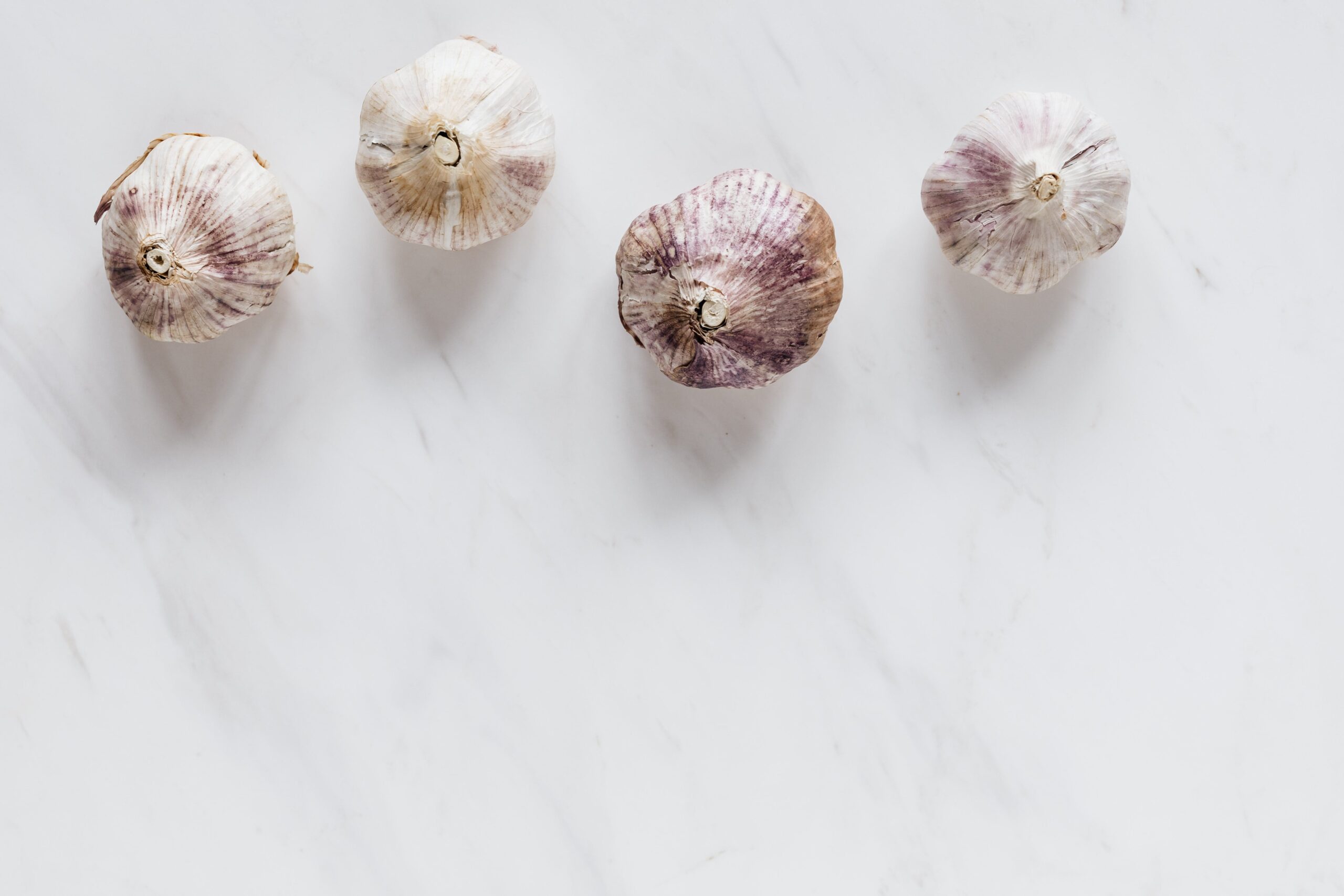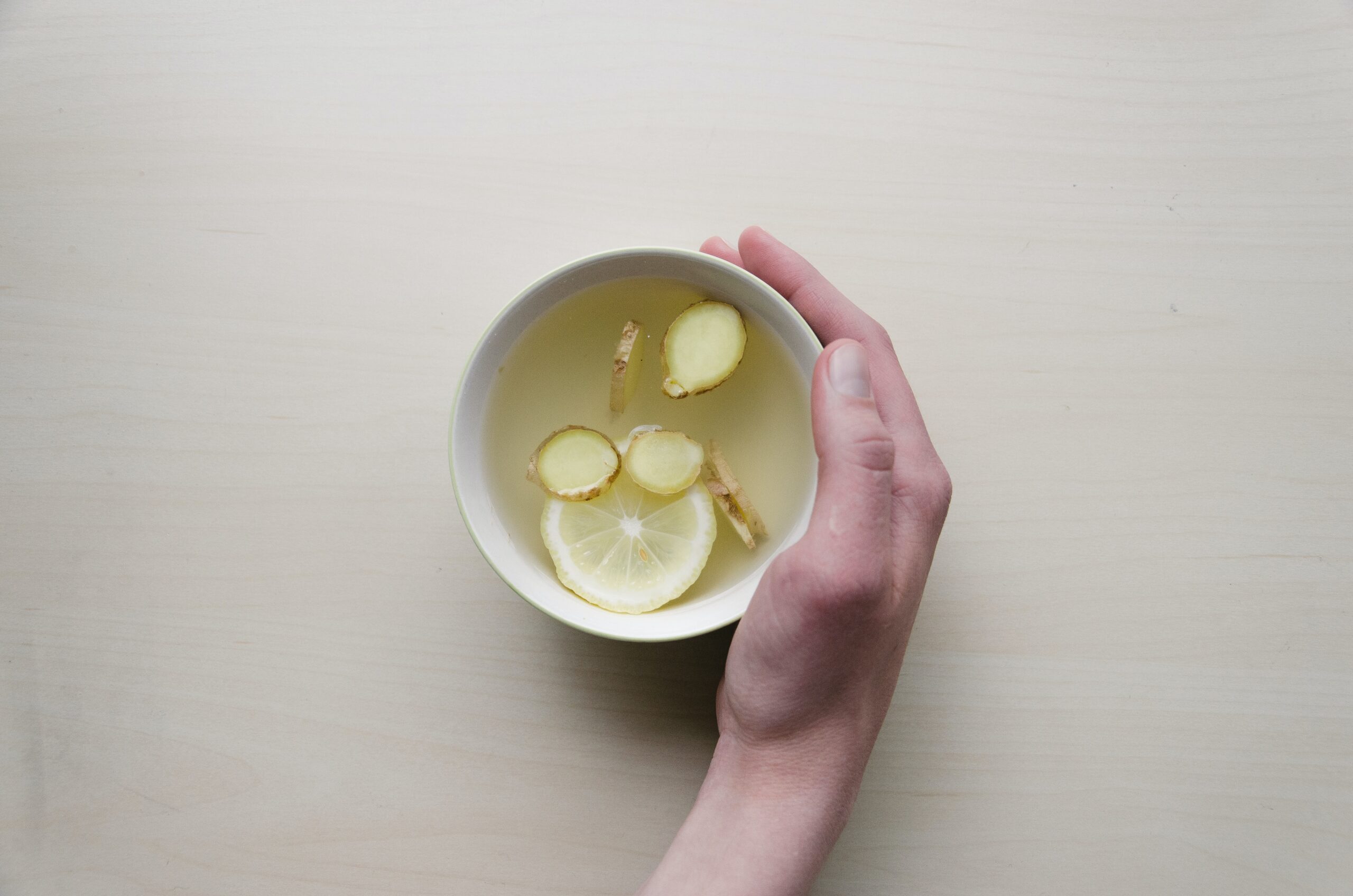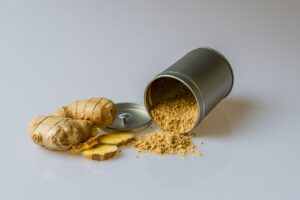Garlic, an essential ingredient in Indian cuisine and a significant agricultural product, has witnessed a remarkable increase in production across India. This article explores the various aspects of this growth, including the contributing factors, regional contributions, market dynamics, and future prospects of garlic production in India.
The Current State of Garlic Production in India (2023)
In 2023, India has seen a significant rise in garlic production, indicating a growing prominence in the global garlic market. This growth is not just in terms of quantity but also in the quality and variety of garlic produced.
Garlic Production Data (2023)
| Year | Production Volume (Metric Tons) |
|---|---|
| 2021 | 3,523,000 |
| 2022 | 3,369,000 |
| 2023 | Estimated higher than 2022 |
This table illustrates the steady growth in production, highlighting 2023 as a landmark year for garlic cultivation in India.
Factors Contributing to the Rise in Garlic Production
Several key factors have contributed to this surge in garlic production in India:
- Technological Advancements: The introduction of improved farming techniques and better yield varieties has significantly boosted garlic production. Innovations in irrigation, pest control, and harvesting methods have also played a crucial role.
- Government Policies: Subsidies and support programs for garlic farmers, including financial aid, training in modern farming techniques, and market support, have encouraged more farmers to cultivate garlic.
- Market Demand: The growing domestic and international demand for garlic, driven by its health benefits and culinary uses, has spurred farmers to increase production.
Regional Focus: Which States are Leading?
Madhya Pradesh, Gujarat, and Rajasthan are leading in garlic production, thanks to favorable climatic conditions, soil quality, and state-specific agricultural policies. These states have leveraged their natural advantages and implemented targeted strategies to enhance garlic production.
Garlic Production Techniques in India
Indian farmers use a blend of traditional and modern farming practices, depending on the region, climate, and available resources.
Traditional vs Modern Farming
- Traditional Practices: These include the use of organic manure, manual planting, and harvesting. Traditional methods are labor-intensive but are still prevalent in many regions due to their low cost and accessibility.
- Modern Techniques: The use of advanced machinery, hybrid seeds, and scientific farming methods has increased efficiency and yield. These methods require more investment but offer higher returns and better quality produce.
Market Dynamics: Garlic Prices and Predictions
The increase in garlic production directly impacts its prices. Current market analysis suggests a stabilization of prices, with potential fluctuations based on demand and supply dynamics.
Price Trends
| Year | Average Price per Kg (INR) |
|---|---|
| 2021 | Approx. 100-120 |
| 2022 | Approx. 80-100 |
| 2023 | Estimated to be higher |
These trends indicate how the garlic market is responding to the increased production, with prices expected to stabilize in the near future.
Garlic Export from India: Trends and Opportunities
India’s garlic export has seen a positive trend, with significant volumes shipped to countries in Asia, Europe, and North America. This has opened new markets and opportunities for Indian farmers.
Export Statistics
| Year | Export Volume (Metric Tons) |
|---|---|
| 2021 | 57,346 |
| 2022 | Estimated higher than 2021 |
| 2023 | Projected to increase further |
These figures underscore the growing global demand for Indian garlic, highlighting the potential for further growth in the export market.
Challenges and Future Outlook
Despite the growth, challenges such as climate change, labor shortages, and fluctuating market prices persist. The future of garlic production in India hinges on addressing these issues and capitalizing on technological advancements.
FAQs
- What is the productivity of garlic in India? As of 2023, the average yield is estimated to be higher than the previous year’s 5.69 t/ha, reflecting the improvements in cultivation practices and technology.
- Which state produces more garlic in India? Madhya Pradesh leads, followed closely by Gujarat and Rajasthan, thanks to their conducive agro-climatic conditions and focused agricultural policies.
- Which country imports garlic from India? Major importers include countries in the Middle East, Europe, and North America, where Indian garlic is valued for its unique flavor and aroma.
- Can we export garlic from India? Yes, India exports garlic, subject to adherence to quality and trade regulations. The global demand for Indian garlic offers significant export opportunities.











+ There are no comments
Add yours